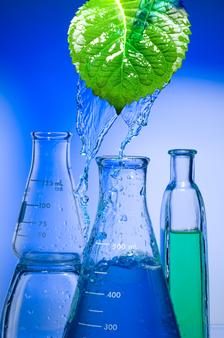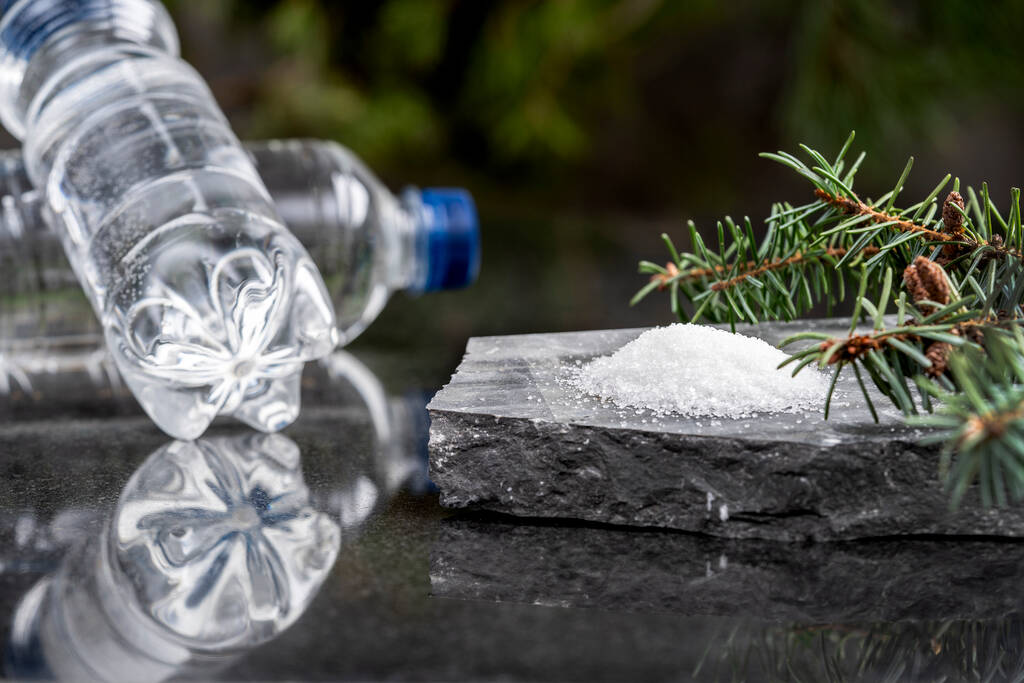While the bio-based solvent market might have a set-back with the closing of Green Biologics bio-based n-butanol facility in Little Falls, Minnesota (I wrote a more comprehensive report about this in Tecnon OrbiChem’s July Biomaterials issue), consumers for these specialty chemicals continue to look for safer and less carbon emitter alternatives.

Braskem announced last month the development of its first solvent called HE-70S made from sugarcane ethanol. The new biobased oxygenated solvent features lower toxicity and greater solvency power compared to traditional hydrocarbon solvents. The solution already has reportedly been adopted in clients’ production process and others are in the test phase to customize the product to the specific needs of each application.
HE-70S solvent is the first product developed by the Solvents Laboratory , which was inaugurated by Braskem in 2018 at the Petrochemical Complex in the ABC region of Greater São Paulo.
In Brazil, the hydrocarbon and oxygenated solvent segments have an annual production of approximately 700,000 tons. As one of the country’s industry leaders, Braskem seeks to offer alternatives to ensure the industry’s sustainable growth. In line with the company’s strategic vision to foster Green Chemicals, bioproducts can be used as a tool for capturing carbon from the air, which helps to reduce greenhouse gas emissions.
This week, biotechnology company Circa Group, who produces bio-based solvent Cyrene from waste cellulose, announced its participation in an innovative project aimed at developing the first UK industrial scale capability to reclaim and reuse the most valuable components of end-of-life electrical vehicle (EV) batteries.
The R2LIB (Reclamation, Remanufacture of Lithium Ion Batteries) project is funded by UK Research and Innovation through the Faraday Battery Challenge – an initiative aimed at developing cost-effective, high-performance and recyclable automotive batteries.
According to the IEA, the global electric car fleet exceeded 5.1 million in 2018 and is estimated to reach at least 130 million by 2030. This exponential growth is expected to lead to several millions of tonnes of spent batteries in need of recycling over the next 10 years or so. R2LIB looks to tackle this challenge by establishing a new, UK supply chain for extracting and reprocessing high-value components from end-of-life EV batteries.
Circa’s solvent Cyrene is specifically being used to recover polyvinylidene fluoride (PVDF) – a high-performance polymer widely used as a binder in Li-ion battery cathodes. PVDF processing currently relies on the use of NMP – a reprotoxic solvent, which is under intense regulatory pressure. By using Cyrene, R2LIB is reportedly helping recover a valuable polymer in a sustainable way.
As part of R2LIB, Circa is working with the University of York (who helped develop Cyrene) and a number of other partners including M-Solv (laser & robot modules for automatic handling and dismantling of batteries), ICoNiChem (recovery of cobalt, nickel and manganese), PV3 Technologies (recycled cathode production) and WMG (national facility for battery R&D).
I think it’s time to do a more comprehensive special report on the bio-based solvents market for Tecnon OrbiChem’s September special report…




